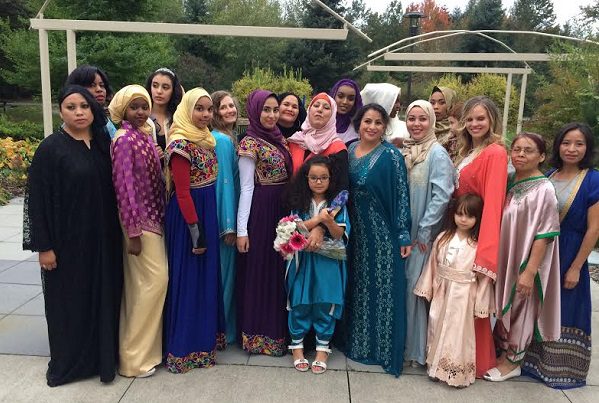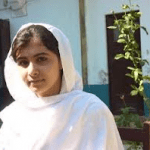 |
|
Dialogue needed
|
During the 2005 media debate in Ontario, Canada over the use of shari’a law in Ontario mosques for singles and couples seeking religious approval for divorce, the non-Muslim (and parts of the Muslim) public there reacted with alarm to the idea that private, extra-legal processes were being used by some members of the Muslim community. As a dispute resolution researcher for the past 15 years, I knew that, in fact, private extra-legal dispute resolution has been commonplace in matters of family conflict and divorce, regardless of religion or cultural identity.
I set out to document the realities of the use of Islamic divorce in North America, in an effort to replace speculation and fear with a real picture of the practice of religious divorce in different parts of North America, and the experiences of those using these processes. I wanted to know how these processes actually worked in practice and how much are they were influenced by Islamic family law. Who controls these processes? Why do some Muslim men and women seek religious approval for their divorce as well as a legal divorce? And what is the relationship between religious divorce and the emerging (and highly diverse) cultural and religious identity of North American Muslims?
Almost 200 personal interviews later, my preliminary results suggest that recourse to religious sanction for divorce is widespread and crosses lines of class, education, birthplace, and ethnicity. Of course, not all American Muslims feel that they need a religious divorce as well as a civil divorce – but many who would not consider themselves otherwise “religious” do. I have heard explanations of a desire for religious sanction from many individuals whose integration, level of education and professional status suggests that they are in many other respects entirely “Westernised” in their lifestyle – yet an Islamic divorce remains an important touchstone for their cultural and/or religious identity.
This need is partly associated with family duty, partly with personal closure – also with tradition and custom, and with cultural identity as Muslims in a non-Muslim country. There are also some very practical considerations – including remarriage for women who may not otherwise consider themselves freed from their nikkah, and cost (the imams are free, lawyers are not). As several imams have put it to me, at times of crisis it is natural for people to return to tradition and it is critical to them to “do it right”, in the eyes of their family and community.
The phenomenon of Islamic divorce is alive and well across North America, and represents an important continuity with the past for some Muslim men and women. However, as much as this desire for Islamic divorce exists, the path to achieving it is often strewn with obstacles. There is a wide range of practice in different mosques and communities, manifested as more or less sympathetic attitudes among imams towards women seeking religious divorce (in my study women comprise about 75% of my respondents, since classical Islamic law requires that they seek either consent or permission for divorce). This is paralleled by a range of attitudes towards appropriate gender roles in marriage, domestic violence, and the efforts that are required for reconciliation. Access to religious divorce is at present critically determined by geography – there are many examples of “imam shopping” among women seeking divorce.
As well, I have collected some stories from couples who have worked their divorce through using Islamic principles and the facilitation of an imam – in other words, a “dialogue model”, which seems to be the closest to what the Qu’ranic text originally anticipated and envisioned. Some men and women told me frankly that they felt no need for a religious sanction for divorce – for these individuals their own knowledge of their rights to divorce in Islam sufficed (for example, many scholars regard a civil divorce with consent as equivalent to an Islamic divorce); or they tried but failed to obtain a religious divorce because of unsympathetic treatment by their imam; or in some cases they simply never felt any need for this type of closure.
The stories I collected are extraordinarily personal and poignant, each describing a unique experience. There are no generalizations possible here. The stories range from uplifting experiences attesting to the importance of achieving closure via Islamic processes and principles – to experiences of hostility, resistance and shunning. Some of the older women in my sample tell of years of secrecy, or of exclusion and unhappiness following a divorce that took place 10 or more years ago – others describe waiting 30 years in an unhappy marriage before asking for divorce because of fear of their family’s harsh reaction to them.
Other stories from younger people who have had very short marriages reflect the fact that the divorce rate in Muslim communities in North America is edging closer to that in the general population (Ba-Yunus “Divorce among Muslims’ Islamic Horizons. 2000 29:52–53). These younger respondents say that community attitudes towards divorce are changing, and many of them have experienced support and acceptance by their families and wider communities – and many have remarried.
Whatever the manifestation, divorce and its consequences – including how to prevent marriage breakdown wherever possible and to support those in crisis – will continue to be an increasingly important issue for North American Muslims.
(Photo: John Bullas)
Julie MacFarlane is a professor at the Faculty of Law, University of Windsor. If you have had any type of personal experience with religious divorce. you can share your story with Julie at [email protected]. More information on Julie’s study can be found at www.islamicdivorce.org.











